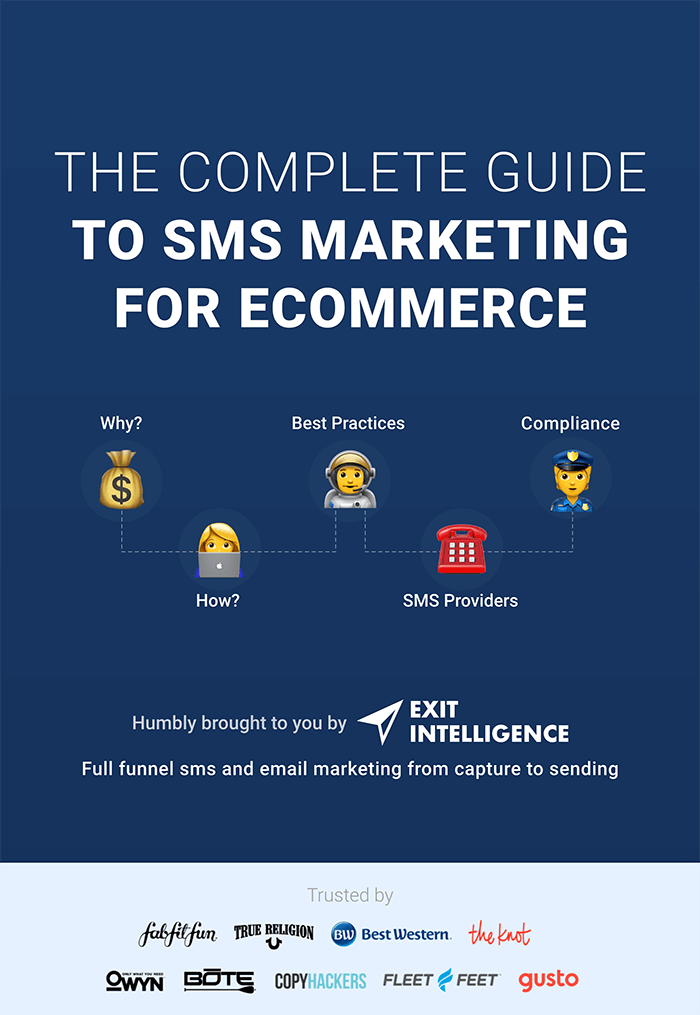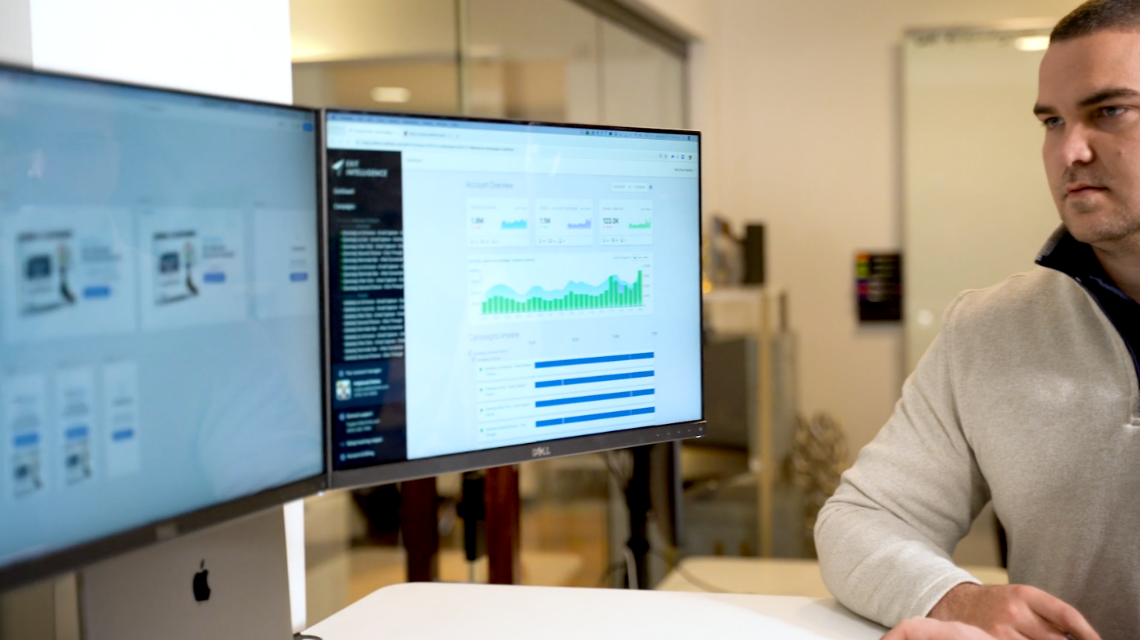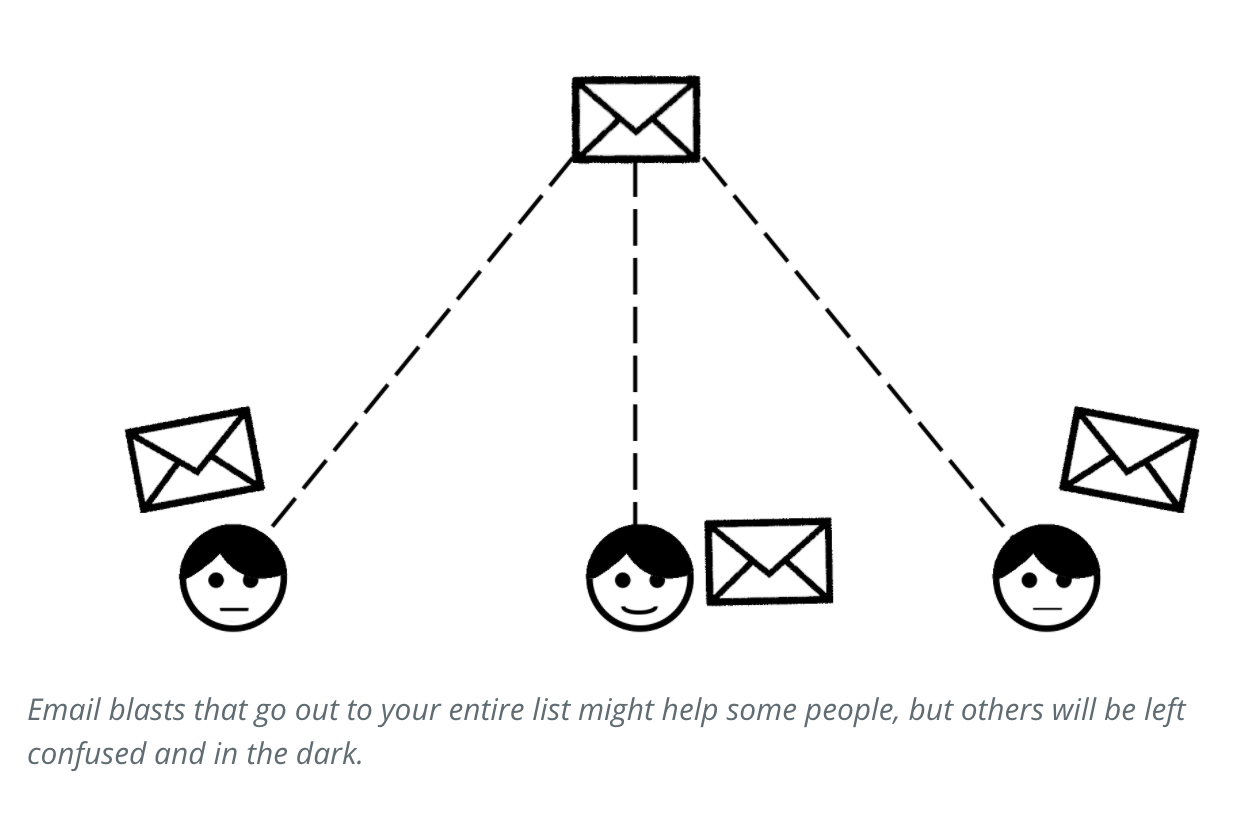Email list segmentation is an ofter over-looked tool for digital marketers, even though as a marketer there are very few things worse than spending hours, or even days on an email that ends up with a terrible open-rate or, even worse, doomed to the spam folder.
When your email doesn’t perform as expected, it’s easy to think that the content was wrong, your subject line was lame, or your CTA’s weren’t strong. However, the issue might not be your email at all, but instead the issue was the recipients themselves.
Before diving back into your email content to improve your conversion rates, consider taking some time to look at your email list to evaluate whether or not the email you sent was relevant and customized to the recipients. Email list segmentation is incredibly important if you want to stay out of spam folder territory, in addition to massive increases in open-rates, click, and ultimately conversions.
And yet, many marketers continue to make big mistakes when it comes to list segmentation, which is landing them in the dreaded spam folder and on unsubscribe lists.
Mistake #1: This is the first time you're hearing of Email List Segmentation (AKA You're not doing it)
What is email list segmentation and why is it important in the first place?
List segmentation is exactly what it sounds like; the process of evaluating your master list of email subscribers and creating new, smaller segments based on a variety of different properties and similarities among subscribers such as location, industry, language, content engagement, and stage of the funnel.
P.S. Don’t ever lose your Master List, though 🙂
Breaking up your master email list into smaller segments allows you to send more personalized and relevant emails to your audience which results in increased conversions. For example, a clothing store may segment their master email subscribers list with women who have previously purchased shoes from their store, to send them an exclusive email announcing a sale on women’s sandals.
Due to the fact that this segmented audience has expressed interest in similar items before, it is likely that the conversion rate of this email would be much higher than if they sent it to a master list comprised of 50% men.
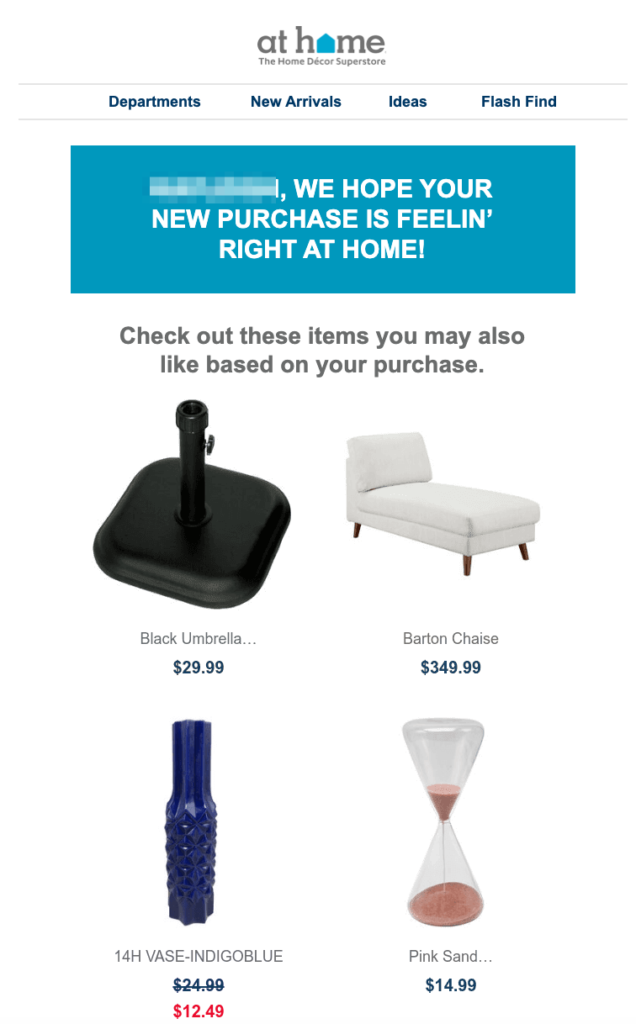

Mistake #2: You're not segmenting based on data
As a human being, you have preconceived judgements that help guide roughly 35,000 decisions per day. These judgements help us survive, and they easily slip through the cracks when we are making decisions that should push biases to the side and solely focus on data-backed decisions.
In order to achieve great email results, you must segment your lists based on data collected about your audience to try to reach each visitor in the positive area of their preconceived judgements – ie: don’t send pink emails to dudes.
If you’re just starting out, segmenting your list based on your ICP (Ideal customer persona) is a great starting place, but segments should not be set in stone until you have collected enough data to back this up. You may have preconceived assumptions that this persona will be the most profitable from emails, but don’t jump to conclusions until you have data to confirm this assumption.
If you’re a small company or you are just starting out with email segmentation, you can conduct tests to help you decide on appropriate segments.
To perform a test, first start by defining your company goals and what you are looking to achieve from your email marketing.
Are you looking for more purchases?
More brand awareness?
More website visitors?
Once you’ve established your goals, use any data you have already collected and bring in your industry and brand knowledge to create a segment that you think will achieve these goals, and send them a relevant marketing email.
When you get the test results, analyze them to decide if they are what you expected. If the results met your goals, that’s great! Congratulations on finding your segment! But if results are not what you expected, it’s better to target a different segment or take another look at your segment data to see if you’re missing a quality that audience group may share.
Open rates and click-through rates are your most effective data when evaluating success. These will tell you if you are segmenting correctly or if you need another trip to the drawing board.
Pro Tip: Continue to collect and evaluate data indefinitely, as things and people change over time. A segmented list that performs well now, may not be the same case in the future as the audience may need to be reallocated to other lists – especially based on their event history (opens, clicks, etc).
Mistake #3: Your Data is incorrect or out-dated
As a marketer, almost everything you do collects data.
Did you recently post on social media? You can track the impressions, CTR, and typically even audience of that post.
Did you update the homepage on your website? You can track information on the audience coming to the page, and if the update has attracted a larger and/or different audience.
Marketers have data coming at them from all angles, and it comes fast.
With so much information being collected, it may be difficult to decide which information you should be using to develop your segments and it’s tempting to use the “best” data, even if it’s a little old. Using old, out-of-date data, or duplicated data, hurts your campaigns more than it helps.
To evaluate the quality of your data and find the data you need, you should start with laying out all your data sources. Determine the types of data coming into your marketing database and what channels each type of data is coming from. Then, determine how frequently the data is coming in from each source – which will show you how new or old that data is. Based on this information, you can decide which data you should use and which segments you need to be updating.
Mistake #4: You're not segmenting based on the correct similarities
There are a million different ways you can segment your master email list, whether that’s based on gender, age, products/services previously bought, location, etc. There is no right “way” to segment your list, as it is completely dependent on your brand’s audience and their behaviors. This is another area where you need to allow data to make your decisions rather than assumptions, and A/B test like crazy. It is easy to assume that a clothing store should segment their audience by gender, and send emails about women’s clothes to the female segment, and men’s clothing emails to the male segment. However, could it be possible that a large percentage of customers are men who are buying women’s clothes as a gift for their partners? In this case, segmenting their list into just male and female is missing out on a large, targetable segment.
Or another example, we (Exit Intelligence) work with several large CBD brands, and there are distinct segments for each. Let’s assume a new CBD user might want to know more about the facts of what they’re consuming. If you continually push sales emails instead of, let’s say, your blog post giving facts about your product, then you’re sending them emails that are too aggressive and will probably end up in the spam folder.
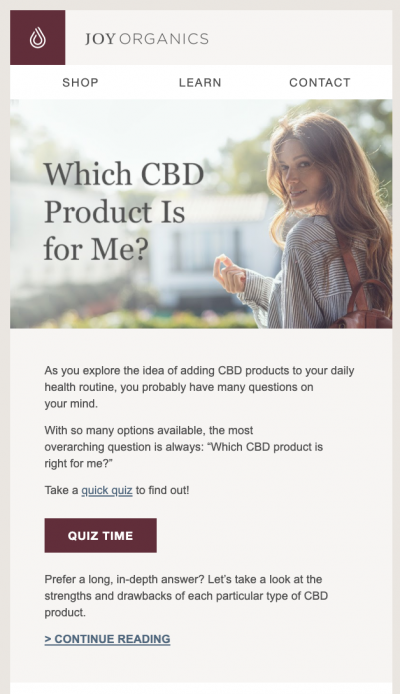



It’s important to look at the finer details of your audience, rather than their surface-level demographics. Look for patterns in their purchasing behaviors – do a large portion of customers tend to purchase a patio umbrella a month after buying outdoor furniture? This provides you an up-sell opportunity to put the customers who have purchased outdoor furniture into an up-sell segment. Send them a 10% off coupon for umbrellas a month after their purchase, to encourage them to buy from you again rather than a competitor, and attempting to “read their mind” after they’ve discovered they need the umbrella.
Pro Tip: Get feedback from customers who buy your best-selling products, and ask them how they used it, how they set it up, how hard it was to setup, did they buy any accessories, and when. This data will let you figure out a cycle for your email cadence!
Mistake #5: You don't have one main list, you have too many small lists
One common mistake marketers make when just starting out with email list segmentation is compiling subscribers into one master list and then moving them into segments, rather than making a copy to put into a new segmented list. This results in not having one master list of all subscribers, which makes things difficult when trying to create new segments or change them in the future.
Typically, your master list will grow when new addresses feed into your newsletter list through forms or other subscription methods. As the master list grows, you can manually or automatically disperse the email addresses into your predefined segments based on their demographic or their behavior before they opted into your emails.
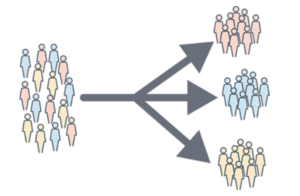

When you have too many small segmented lists, without a master list to refer to, it will make it difficult to change your segments if one list isn’t performing well, or to add subscribers to multiple lists.
If you have too many lists, you’re never going to perfect any single one of them. Go back through the beginning of this article, and re-examine your goals. Go through this process often, and make sure you’re not making lists just to make them so you can get some great email cadence’s down. If it’s just one person on your team, don’t make your job harder by making too-specific lists of customers that don’t help you reach your goal and see if those demographics can be roped into another segment to achieve the same objective.
Pro Tip: Don’t be afraid to look for outside wisdom. Email marketing isn’t new and there are a lot of creative brands out there doing a great job. Sometimes it’s helpful to bring in an outside perspective or bring in someone who has worked with a variety of brands. This can be a game changer, and If you would like to strategize with us, please reach out and schedule a conversion strategy call with one of our experts!

